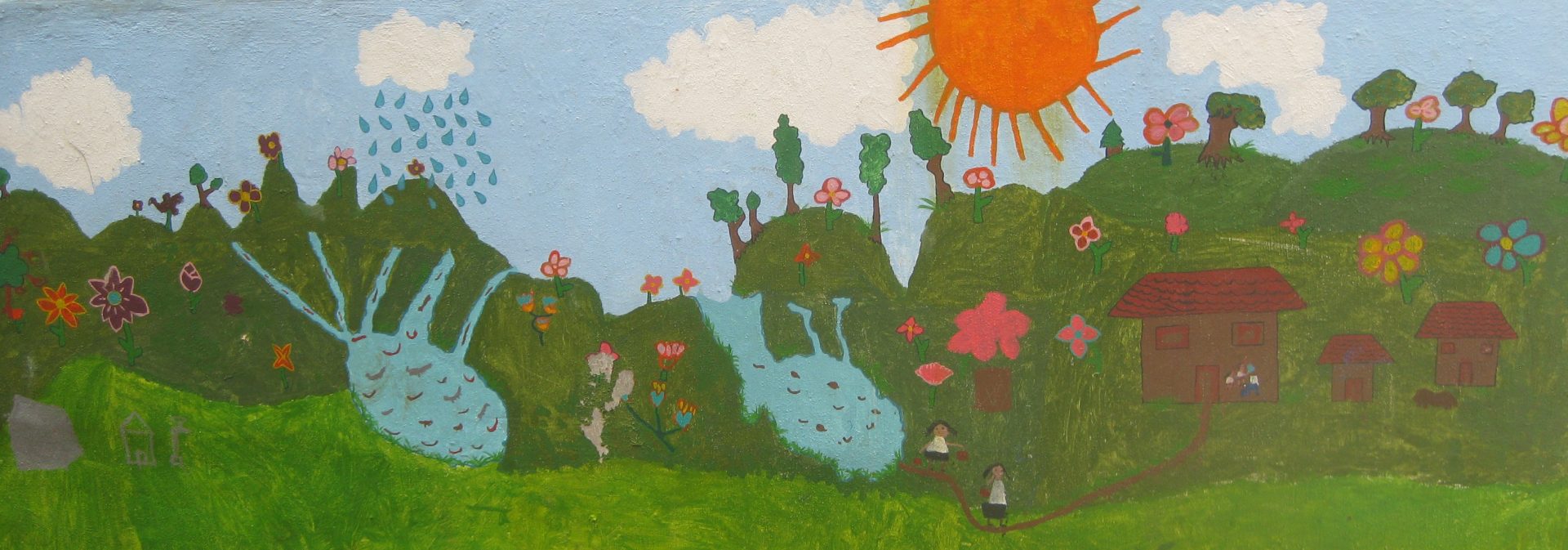I realized that my posts have not touched on my project that much, so decided to give a rundown on the work I’ve done for my project on this trip.
1. Field Visits to Schools
Observations relevant to future teams who will work on the mineralization of rainwater in schools –
- In the large school, the storage tank contains both tap water and rainwater, which means both tap water and rainwater goes through the UV disinfection system, activated carbon filter, and membrane filter. Also means that the water in the storage tank is not necessarily 0 ppm, and we don’t want to mineralize the tap water to the extent that it becomes “too hard” and can spoil the subsequent pipes the filters.
- The storage tank was really a big tank that is kind of difficult to assess because of it’s sheer size…
- Maintenance of whatever device we come up with should be every 3 months because the activated carbon and membrane filters are also replaced every 3 months
- Flow rate we should be working with is 8 liters/minute because that’s the flow rate of water that goes through the UV disinfection system
Findings from the water samples –
- The rainwater’s hardness isn’t really 0 ppm because it does pick up some minerals before it reaches the storage tank. The minerals the rainwater picks up could affect solubility of whatever minerals we choose to use.
- Rainwater harvesting system itself doesn’t affect hardness of rainwater
- Also, I couldn’t get very exact values of hardness because Cantaro Azul happened to be out of hardness kits when I was there 🙁 So I used our hardness strips
2. Evaluation of Prototypes
Minarulz prototype
- So unfortunately it’s kind of difficult to do anything with the storage tank simply because it’s so huge. We won’t be able to climb in to change the minerals, and because it’s a giant opaque tank it’s like away from sight, away from mind.
- But I think it might be possible to implement ours in the large school. We can find a way to let only the rainwater, and not the tap water, go through the mineralizer.
- Essentially putting anything in the storage tank will be tough, but if we change the location of our device it could be possible.
H3 prototype
- Would be easier to retrofit because it uses the same casing as the activated carbon and membrane filters.
- But in the larger schools, the tap water will also be mineralized because H3’s prototype is to be with the activated carbon and membrane filters.
Other ideas
- Cantaro Azul seemed quite receptive to using a liquid drip system because it allows the schools to control how hard they want the water to be.
- Cantaro Azul has a chlorination system that has tablets placed on a vertical compartment perpendicular to a horizontal pipe that has running water. The top of the water then comes into contact with the tablets at the bottom of the vertical compartment. As the water flows past, the tablet is sort of dissolved layer by layer from the bottom. I think a similar idea could be used for mineralizing rainwater too.
3. Taste Tests
- Cantaro Azul hasn’t done a taste test yet, so we’re still not too sure what level of hardness the children prefer.
- I came up with a proposal for taste tests they can conduct
- Blind triangle test, where children are not told what the water samples are – to determine if children can discern the difference in taste between rainwater and the water they usually drink
- (If they cannot discern the difference in taste) Open triangle test, where children are told that one/two water sample(s) contain(s) rainwater – to determine if the children have a psychological reluctance to drinking rainwater
- Taste threshold test – to find the exact level at which the children can discern a difference in taste
4. Things I didn’t manage to do
- Couldn’t get more data on what rocks/minerals are available in Chiapas. I just know there’s a lot of karst, but not really what the exact composition is.
- Didn’t get to conduct a taste test b’cos the schools were having a lot of events and all and the taste test couldn’t be coordinated.
- Didn’t get a chance to run the rainwater through the aragonite we used, because we didn’t actually bring the aragonite (airplane weight constraints… haha).
I emailed a similar summary to my CEVE 314 group, and hopefully the new information gathered will help us in our future work on this project. Alternatively, I also hope the work will be of use to future teams too 🙂
-Su Chen

